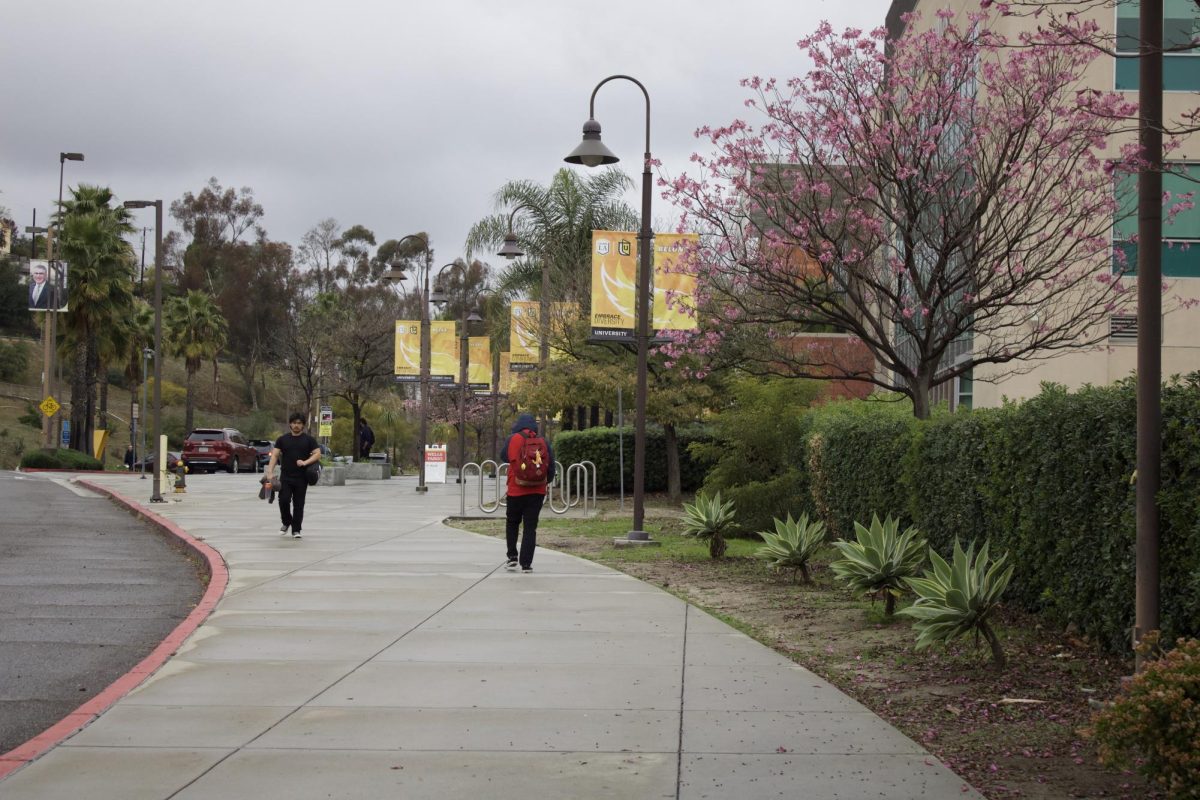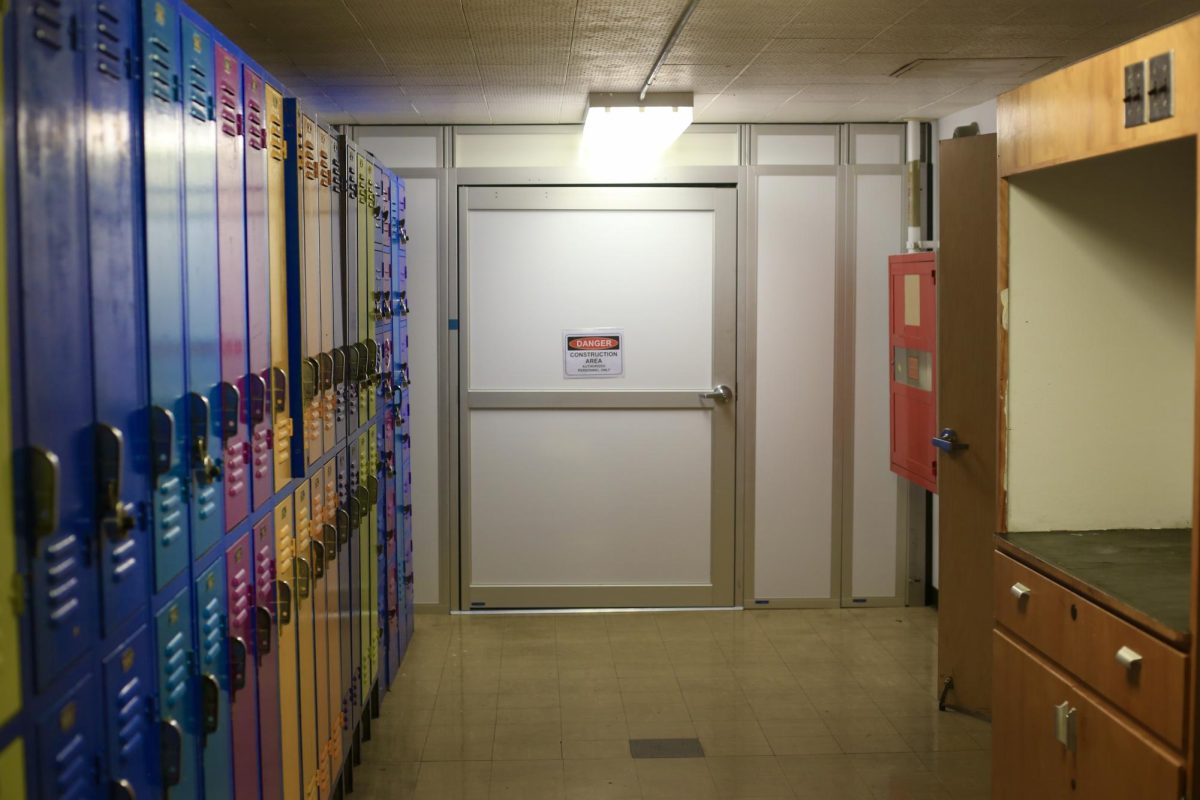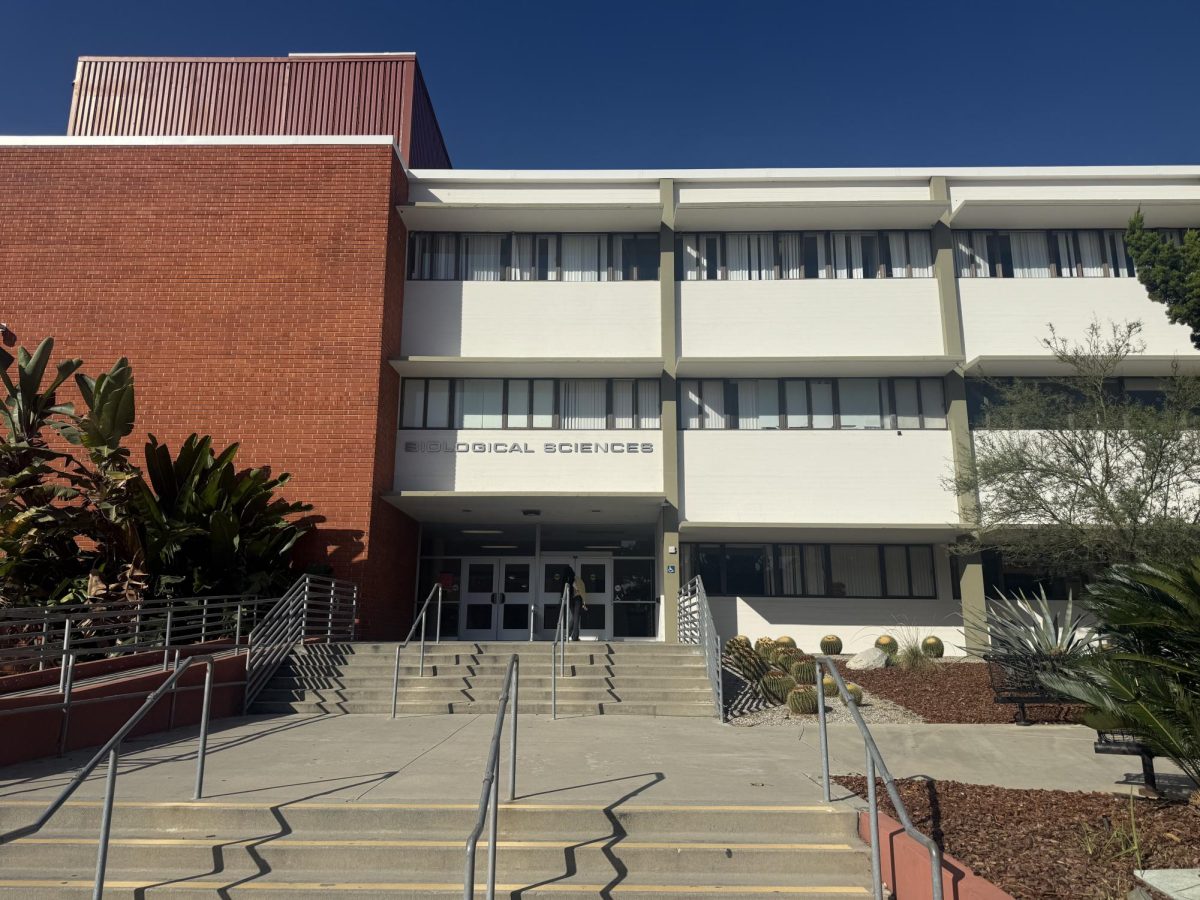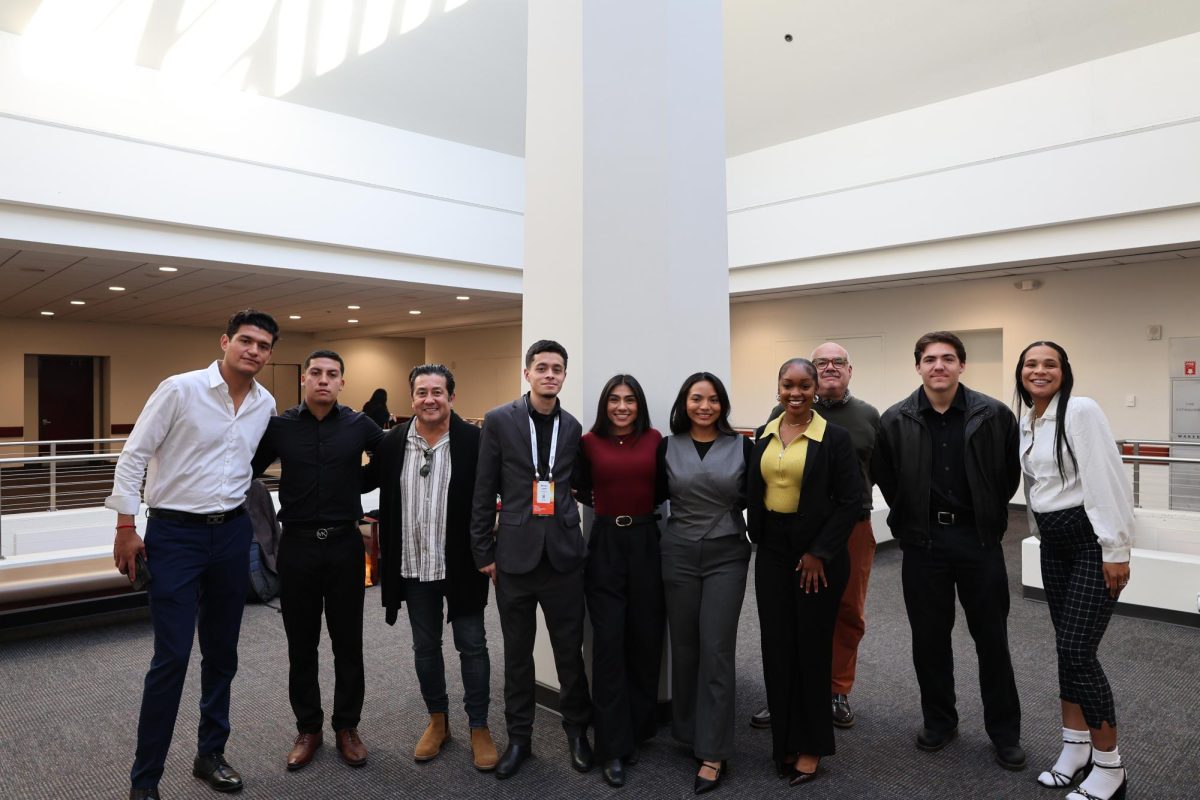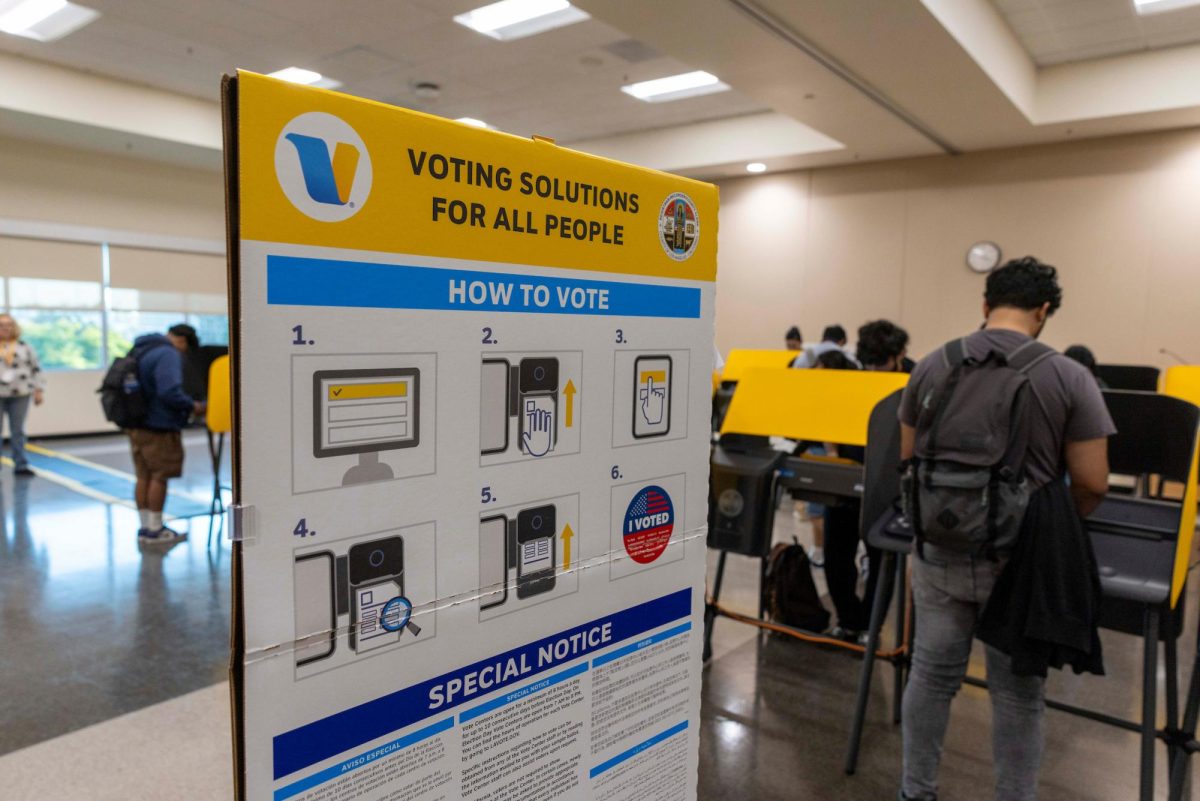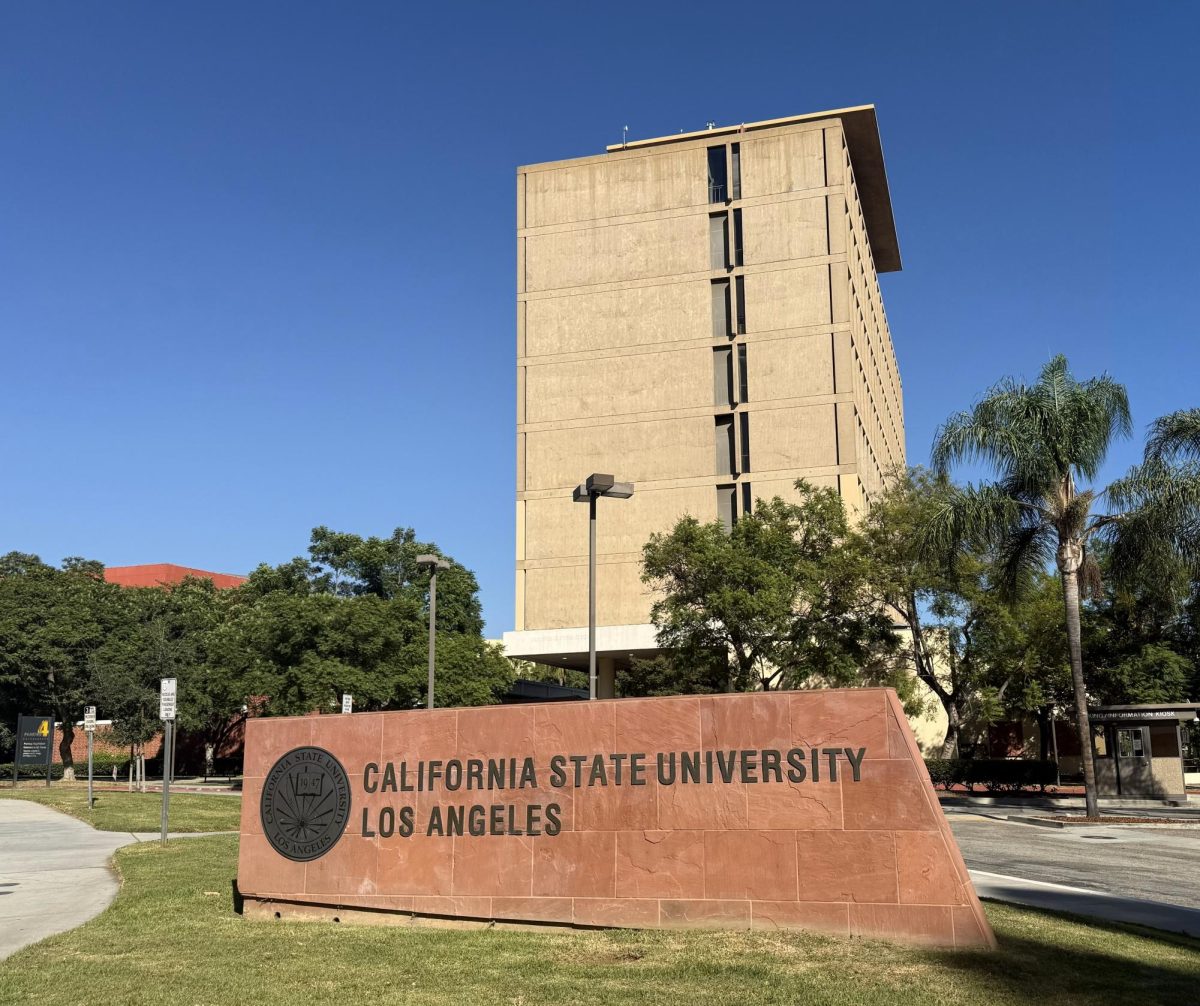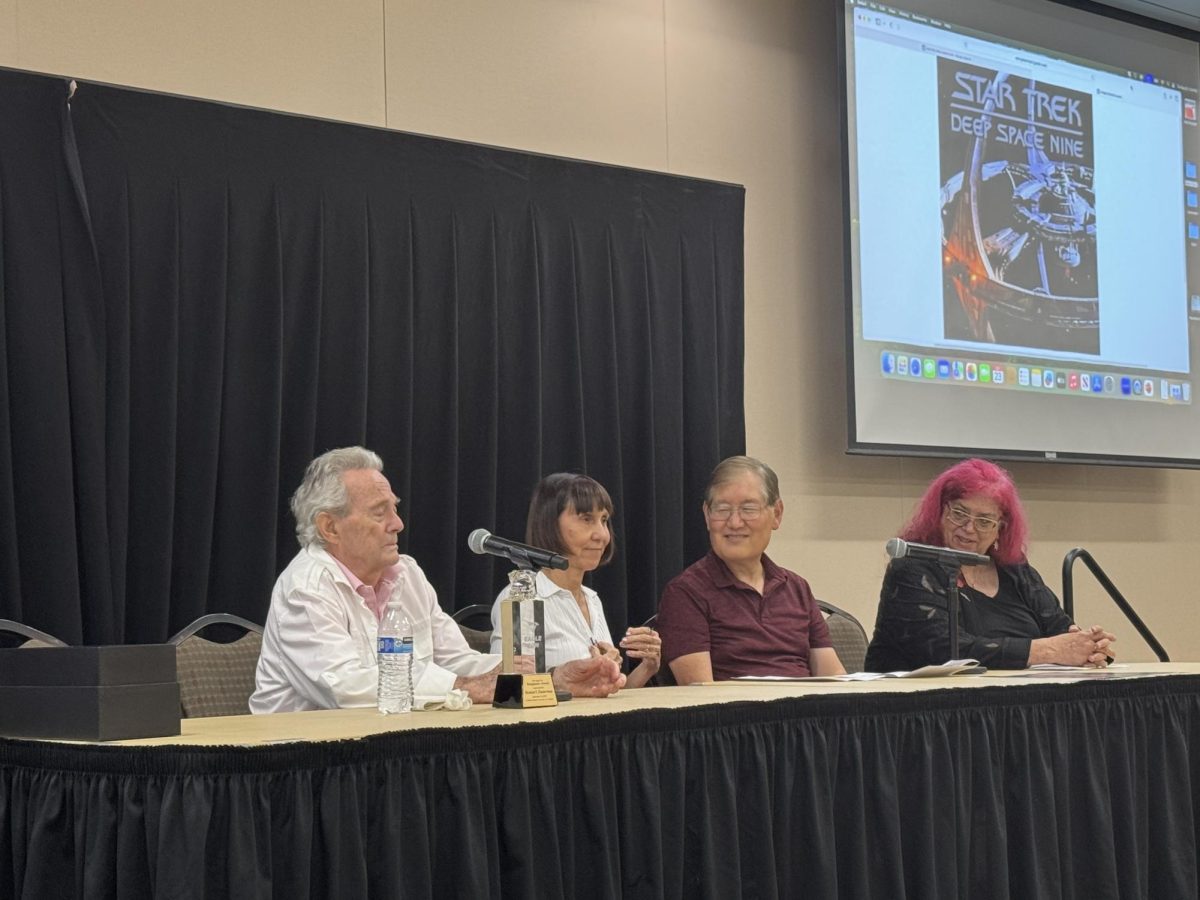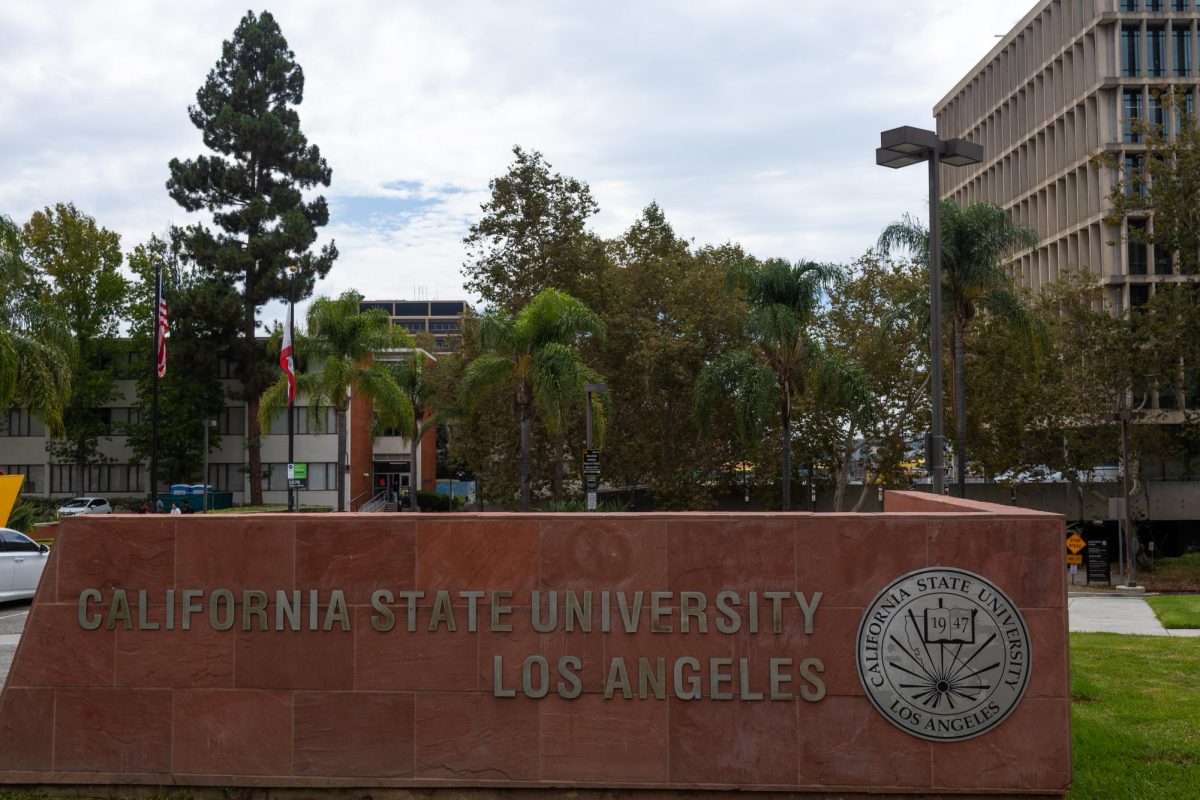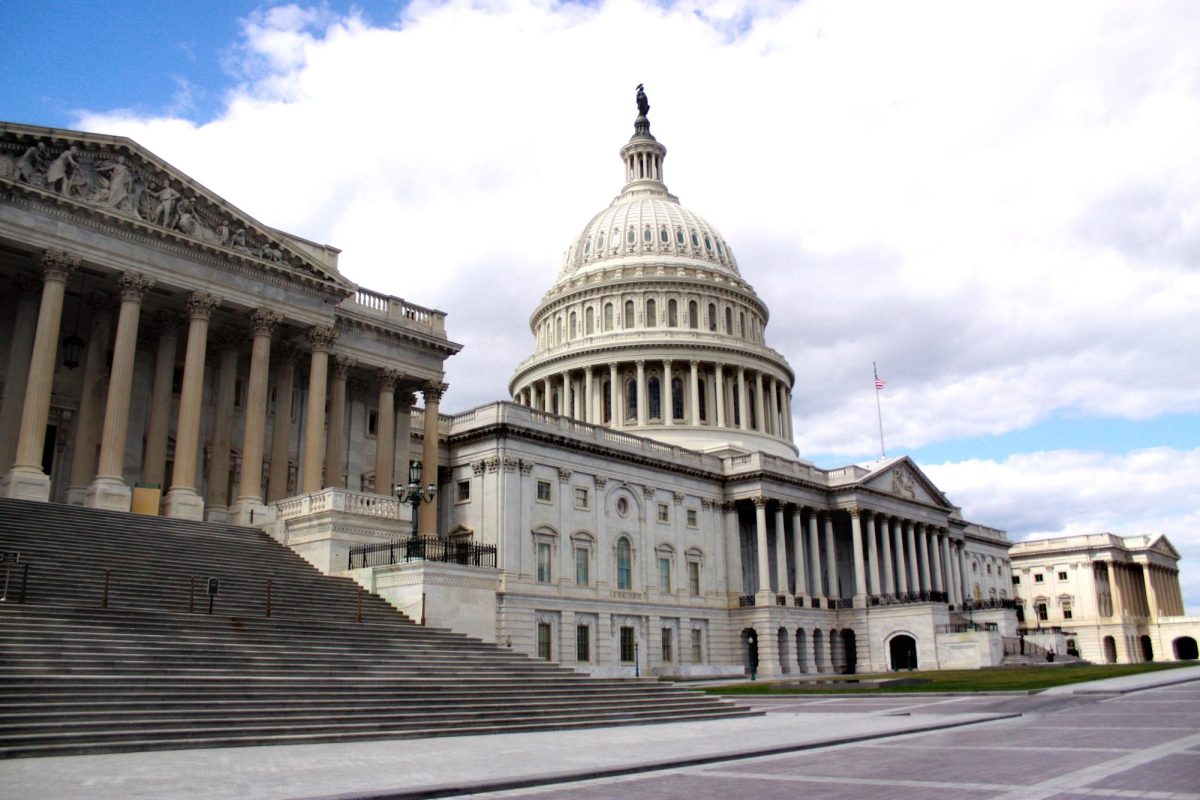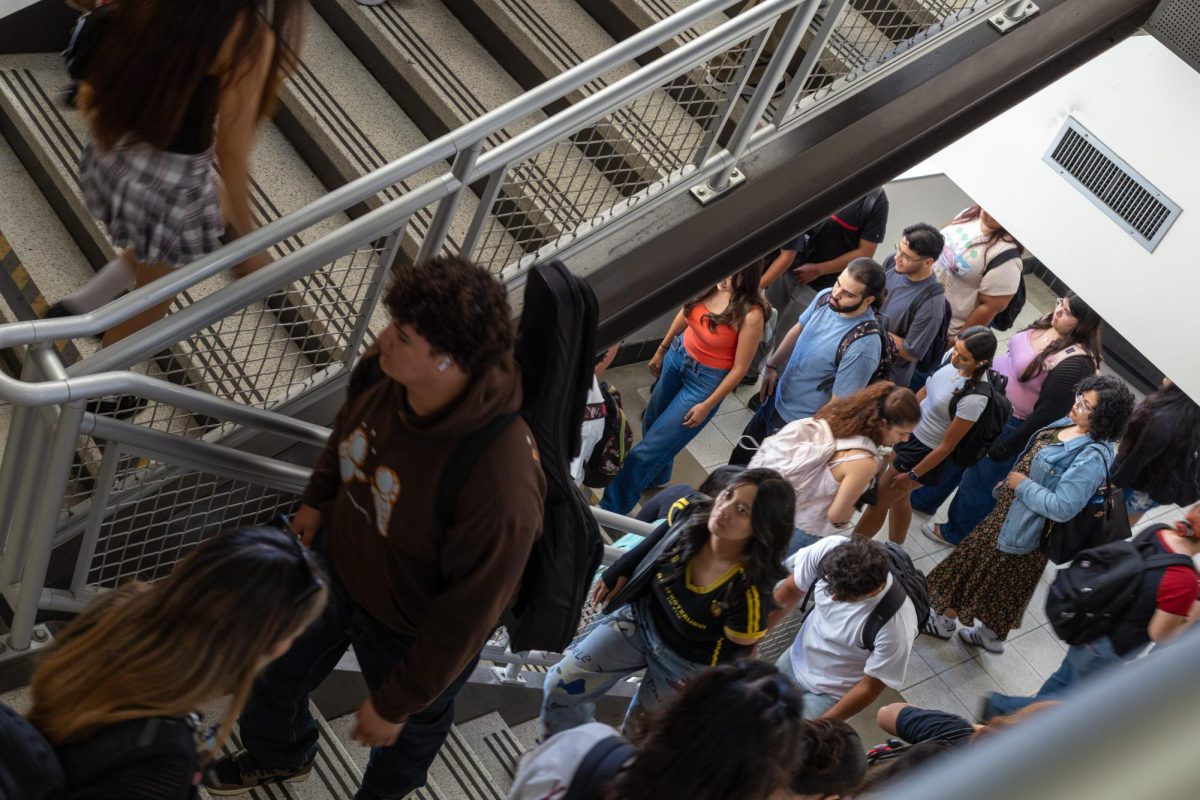Originally Published: Sept. 12 at 11:00 a.m. / Updated: Sept. 23 at 9:30 a.m. to correct an issue with a duplicated paragraph. We apologize for any confusion this error may have caused while reading.
On Sept.10 2025 the federal Department of Education (DOE) announced that it would cut over $350 million of minority serving institution grants to colleges across the U.S., accusing colleges that serve a diverse population of students as being discriminatory, unconstitutional and biased on the basis of race against white, and Asian students in the admissions process.
This potential loss of funding comes after Cal State LA was named as the best Hispanic-Serving College in the nation earlier this month, in a ranking from Washington Monthly Magazine, according to the Cal State LA Newsroom, which is posted and maintained by the school’s communications division.
Cal State LA serves both as a Hispanic Serving Institution and an Alaska Native, Native Hawaiian, Asian American, and Native American, Pacific Islander-serving institution, (AANHPI), according to the school.
Over the last five years Cal State LA has received two separate grants from the DOE totalling $6 million. However, the most recent award in 2023 was a five-year grant of $3 million, and if these funding cuts continue, the school would lose out on the last three years of that grants funding, according to Cal State LA Spokesperson Erik Hollins.
“Grant funding has allowed us to offer significant programs that provide academic enrichment for all students – including research opportunities, specialized support services, and community engagement activities,” Hollins said in an email. “Loss of grant funding will limit our ability to continue these high impact programs unless other funding sources are identified.”
To qualify as an HSI, the college or university must have a 25% makeup of Hispanic students, and at least have 10% of AANHPI students in the school to qualify for the grants under this program.
Cal State LA is one of 21 of 22 CSUs to be designated as an HSI, and one of 13 to be defined as an AANHPI, according to data provided by the college. Seventy-five percent of Cal State LA’s student body is Hispanic, which is one of the highest rates in the CSU system, according to spring 2025 enrollment data. Data for fall 2025 is not yet available.
“Federal HSI funding is used by the CSU to support all CSU students, not just Hispanic students,” CSU Chancellor Mildred Garcia said in a Sept.10 statement, following the DOE order. “It not only helps advance the CSU’s educational mission, but it also supports CSU’s efforts to carry out our core values of inclusive excellence, social mobility, authentic access to higher education and equity in all its dimensions.The CSU remains steadfast in its commitment to ensuring that all students continue to have access to affordable, high-quality higher education.”
Cal State LA president Bernecea Johnson Eanes fully aligned with the statement from the CSU chancellor and is actively working with state and systemwide leadership on “next steps,” according to Hollins.
The order to repurpose these grants comes as the Trump Administration continues a crackdown on so-called “discriminatory” diversity, equity and inclusion programs beginning with this vast and widespread effort in a Jan. 20 Executive Order. However, there have been a number of court rulings rolling back the power that the administration has been attempting to wield over DEI policies, hiring practices and the college admission process across the U.S.
This declaration by the federal DOE comes after the federal Department of Justice released guidance in late July “to ensure that recipients of federal funding do not engage in unlawful discrimination.”
“In particular, it clarifies that federal anti-discrimination laws apply to programs or initiatives that involve discriminatory practices, including those labeled as Diversity, Equity, and Inclusion (“DEI”) programs,” the memo said. “Entities that receive federal funds, like all other entities subject to federal antidiscrimination laws, must ensure that their programs and activities comply with federal law and do not discriminate on the basis of race, color, national origin, sex, religion, or other protected characteristics—no matter the program’s labels, objectives, or intentions.”
The memo from the DOJ was released after the department declined to defend Minority Serving Institution grants in a federal lawsuit filed by Tennessee and an anti-affirmative action group Students for Fair Admissions in June of this year, agreeing that it violated the Constitution.
Following the release of the guidance in July the CSU responded and said that the college system did not violate any federal anti-discrimination laws, and will continue to “comply with longstanding applicable federal and state anti-discrimination laws and CSU policies and does not discriminate or provide illegal preferences on the basis of race, color, national origin, sex, religion, or other protected characteristics.” And that the “CSU remains committed to fostering an inclusive and equitable learning environment that is open to all.”
Despite this order that eliminated over $350 million in funding, a total of $152 million will continue to be dispersed as a part of previously approved congressional spending, including funding for some Alaska Native and Native Hawaiian serving institutions, predominately black institutions, and various Native American serving schools. However, the DOE “continues to consider the underlying legal issues associated with the mandatory funding mechanism in these programs.”
What are MSI’s, and How Did They Form?
Hispanic Serving Institutions (HSIs) were formally recognized in 1992 as an amendment to the Higher Education Act of 1965, however many institutions had been serving large Hispanic populations for decades prior without a specific designation. However, it wasn’t until 1995 that the first grants of $12 million under the program were dispersed, according to the Postsecondary National Policy Institute.
The implementation of the addendum to the HEA in 1992 followed years of activism, and congressional hearings in the 1980s on “Latino access to higher education” that focused on the fact that many Hispanic students lacked access to higher education, a path to completion, and were often concentrated to colleges and universities that were critically underfunded by both federal and local governments.
However, HSIs were not the first MSIs to exist. Following the Civil War, Historically Black Colleges and Universities (HBCU) rose to prominence. But, it wasn’t until the Higher Education Act of 1965 that they were officially given the title of an MSI. This landmark legislation opened higher education to everyone, after minorities were previously denied access due to discrimination and racism to predominantly white institutions, according to a HBCU First timeline.
The University Times will continue to follow this story as it develops, with a focus on the impacts right here at Cal State LA. If you’d like to share your concerns about this funding being cut with us, we’d be happy to hear from you at editorinchief.ut@gmail.com.

